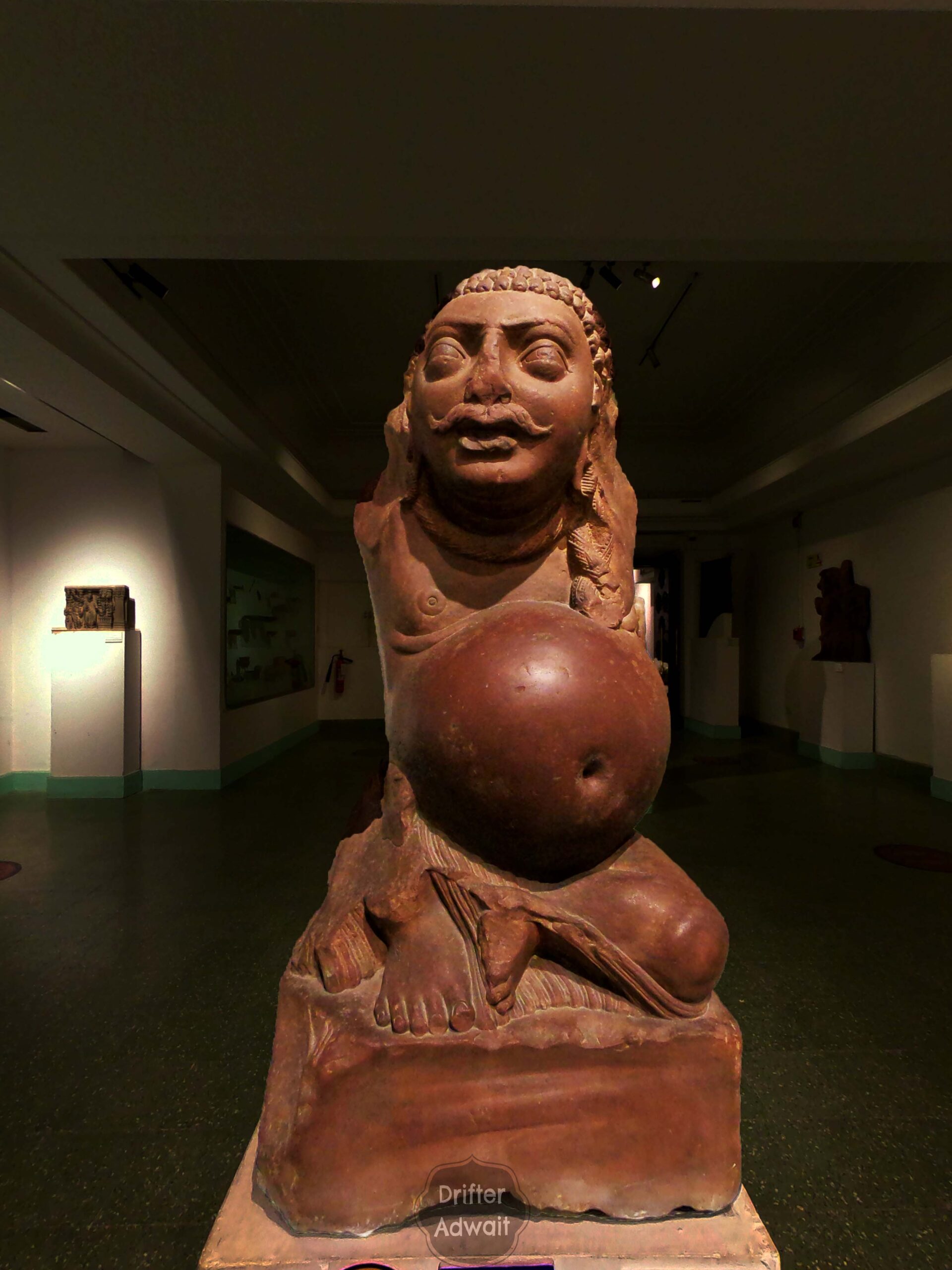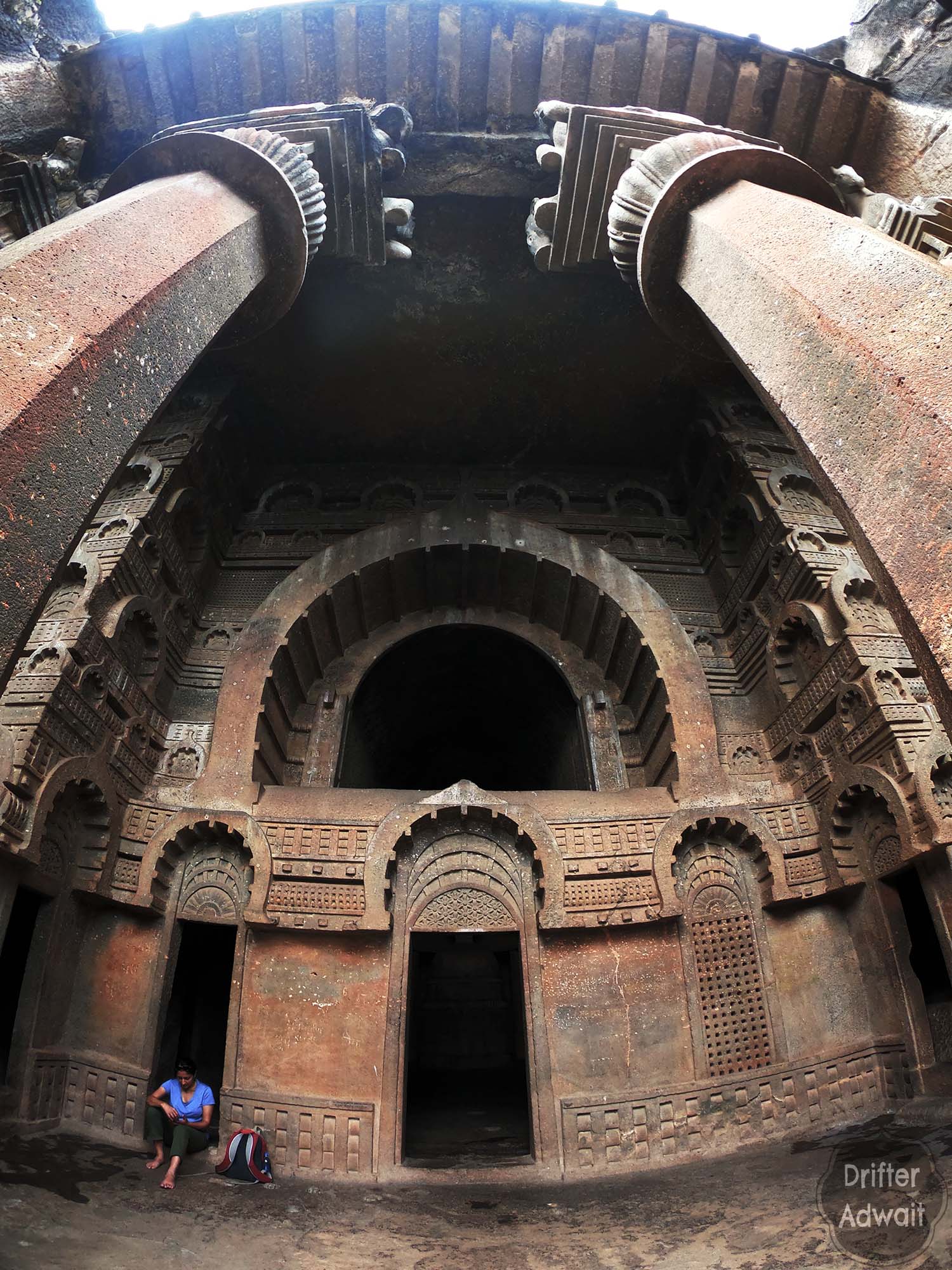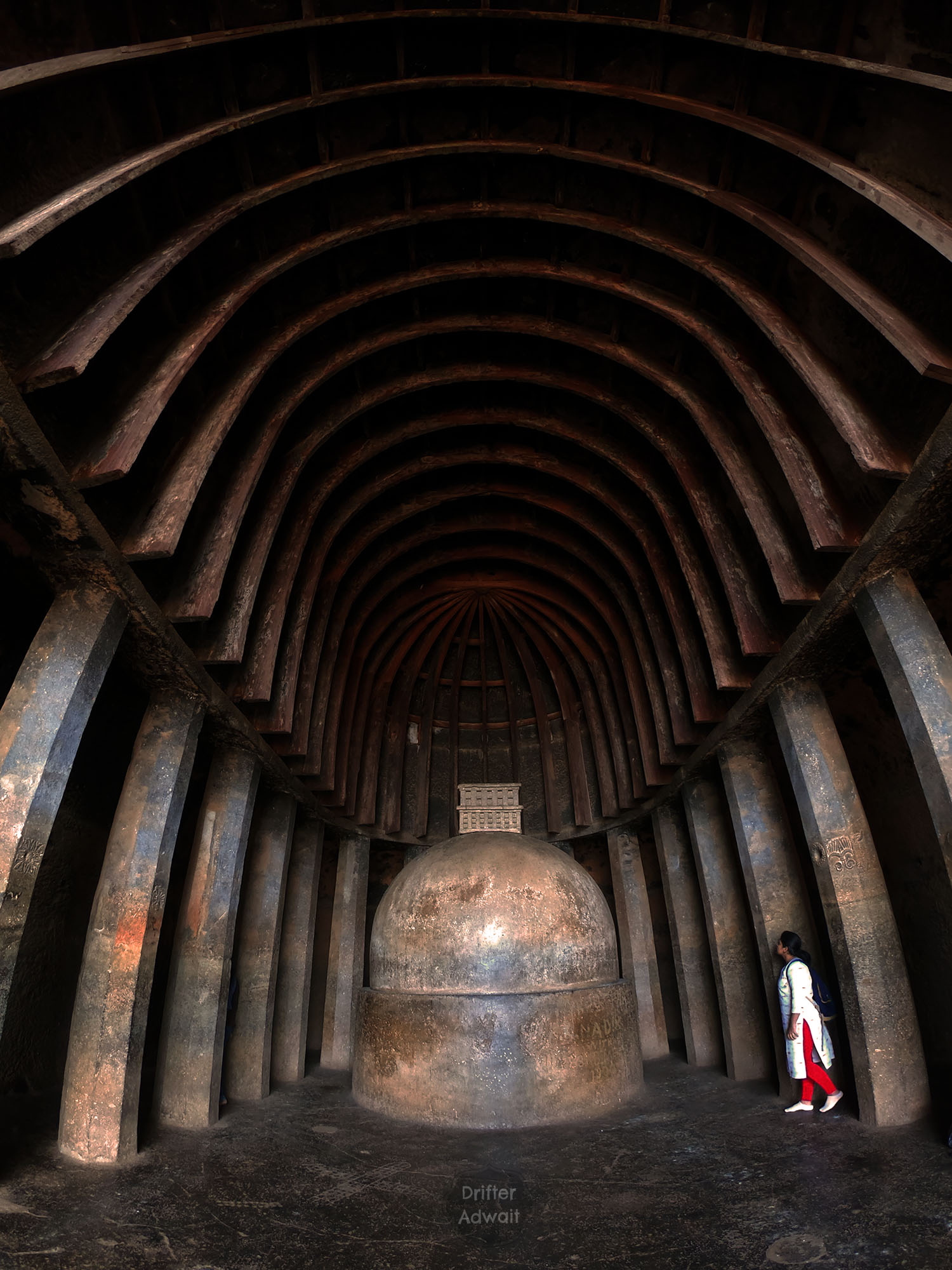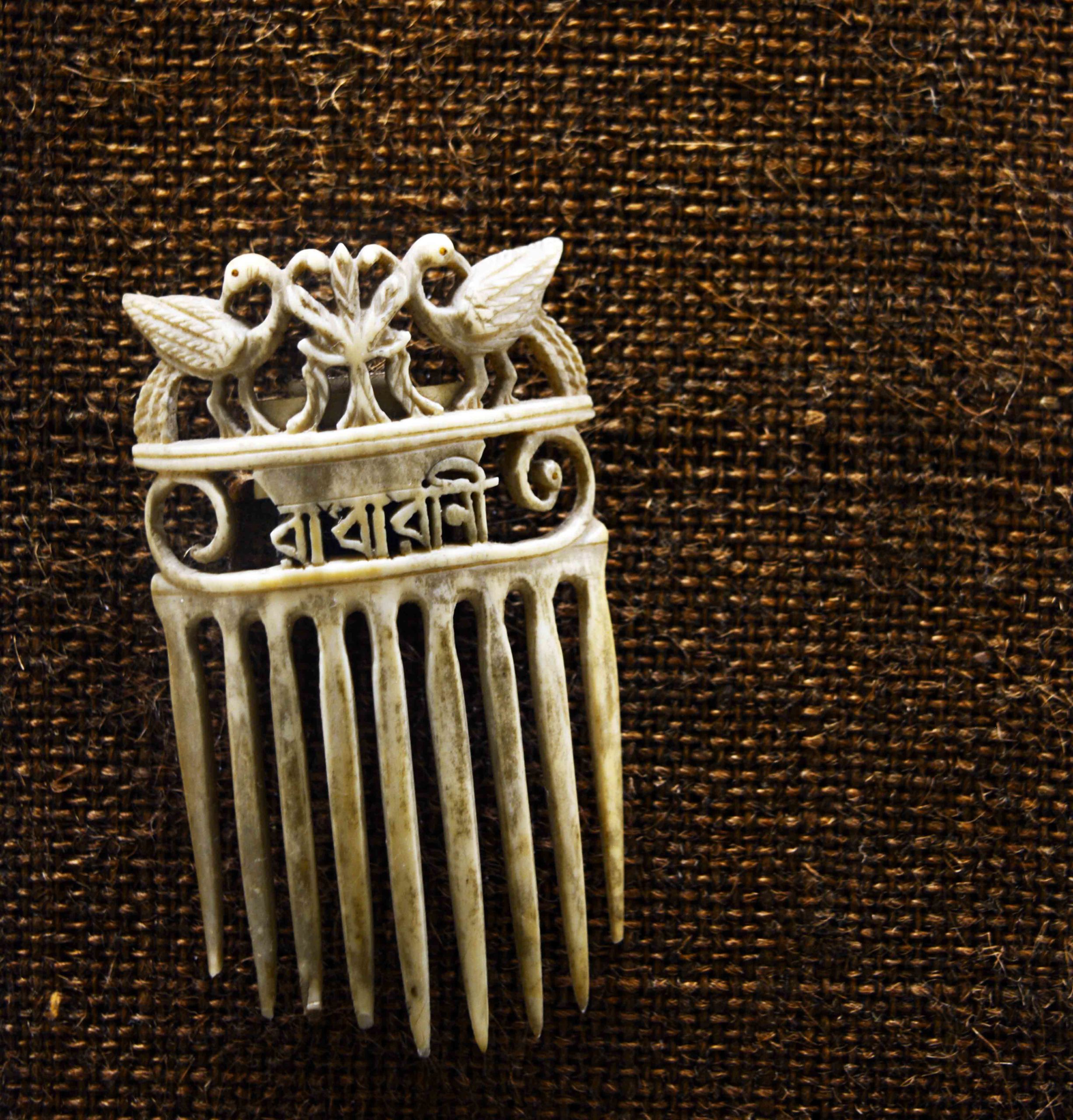A Discovery from the Depths of Time
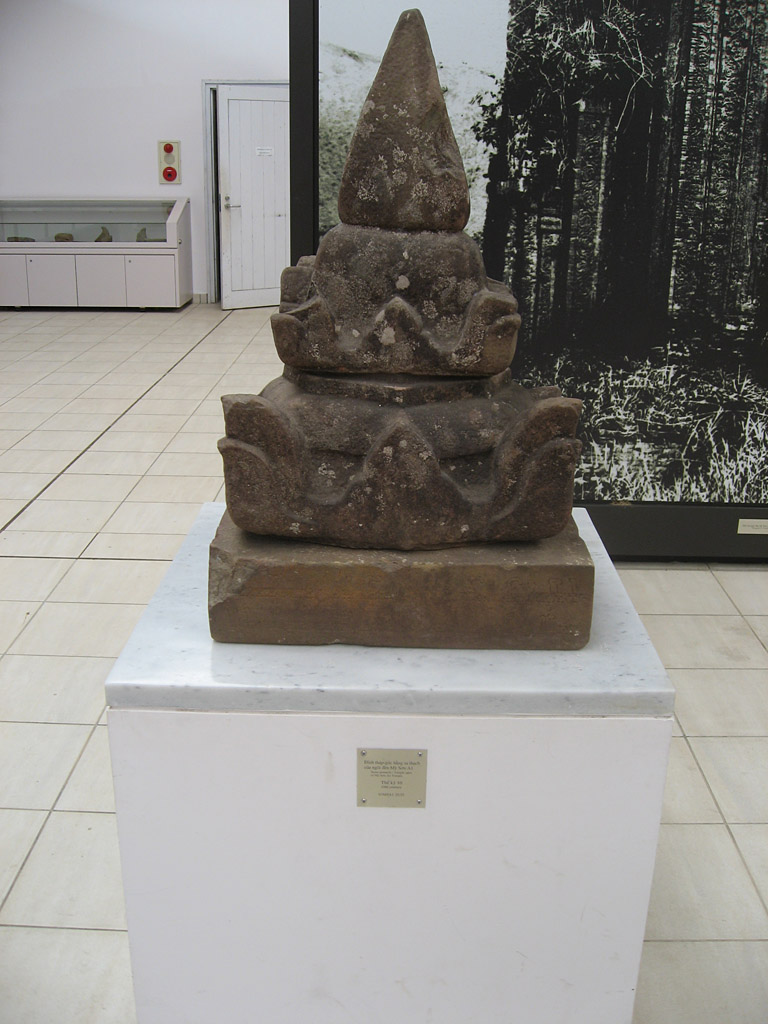
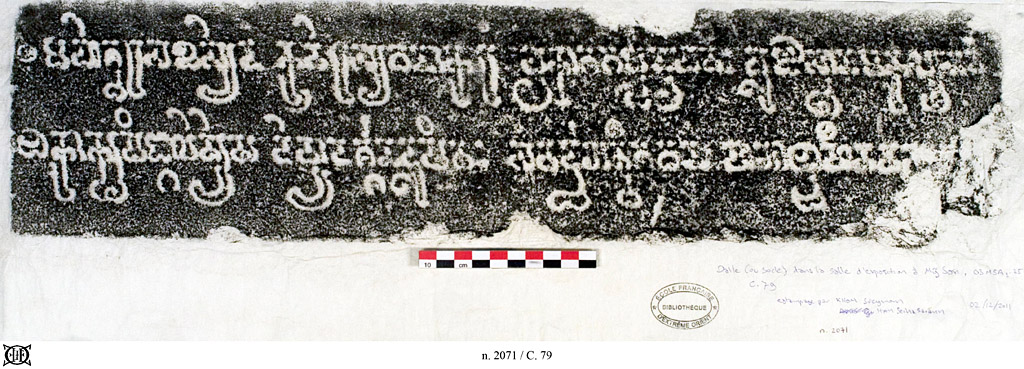
The story begins in the late 19th century, when excavations were taking place outside a small village. Beneath layers of earth, archaeologists unearthed the shikhara (spire) of an ancient temple — a structure that dated back nearly 1,300 years.
Upon it was inscribed a Sanskrit śloka, written in the Anuṣṭubh chandas (metre):
महेश्वरसखस्येदं कुबेरस्य धनाकरं।
प्रकाशधर्म्मनृपतिः पूजास्थानमकल्पयत्॥
एकाक्षपिङ्गलेत्येषा देव्यादर्शनदूषिता।
संवर्धयत्वीशधनं पायाच्चाहिततः सदा॥
Roughly translated, it means:
“This sacred place, a treasure-house of wealth, was built by King Prakashadharma for Kubera — the friend of Maheshvara (Shiva) and the lord of riches. May Ekākṣa Piṅgala — so called because one of his eyes was affected by the sight of the Goddess — ever protect and increase the king’s wealth.”
The temple inscription uniquely refers to Kubera as both Maheshvara’s friend and Ekākṣa Piṅgala — the One-Eyed Golden-Hued One. Why is Kubera described this way? The answer lies in a fascinating episode narrated in the Uttarakāṇḍa of the Rāmāyaṇa.
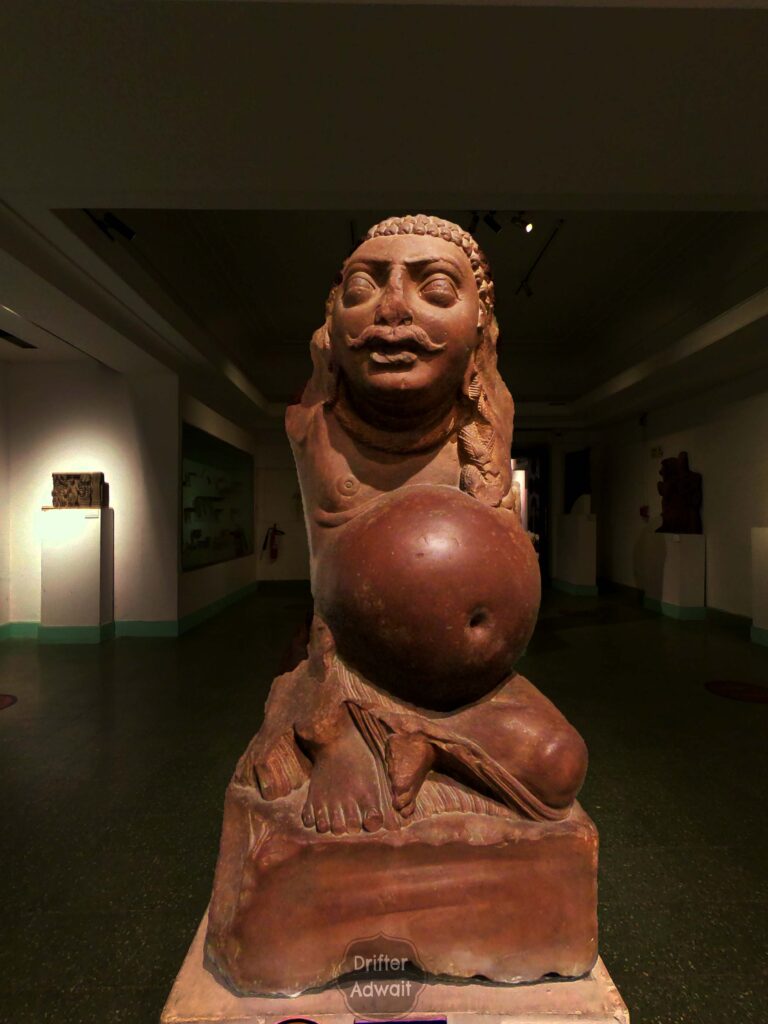
Kubera’s Own Words in the Ramayana
Kubera himself recounts to Ravana a profound experience from his ascetic past:
अहं तु हिमवत्पृष्ठं गतो धर्ममुपासितुम् ।
रौद्रं व्रतं समास्थाय नियतो नियतेन्द्रियः ।।
तत्र देवो मया दृष्ट उमया सहितः प्रभुः ।
सव्यं चक्षुर्मया दैवात् तत्र देव्यां निपातितम् ।।
“Once, I journeyed to the heights of Mount Kailāsa to undertake a fierce and sacred Rudra-vrata (a vow of austerity dedicated to Rudra). There, I beheld the great Lord Mahadeva himself. Out of curiosity, I turned my left gaze toward the one standing beside Him — the radiant Goddess Uma.”
देव्या दिव्यप्रभावेण दग्धं सव्यं ममेक्षणम् ।
रेणुध्वस्तामिव ज्योतिः पिङ्गलत्यमुपागतम् ।।
“By the divine brilliance of the Goddess, my left eye was burned; my right eye was dimmed and turned golden-hued (piṅgala).”
Even in that afflicted state, Kubera continued his penance in silence for eight centuries.
Mahadeva’s Grace and the Birth of Friendship
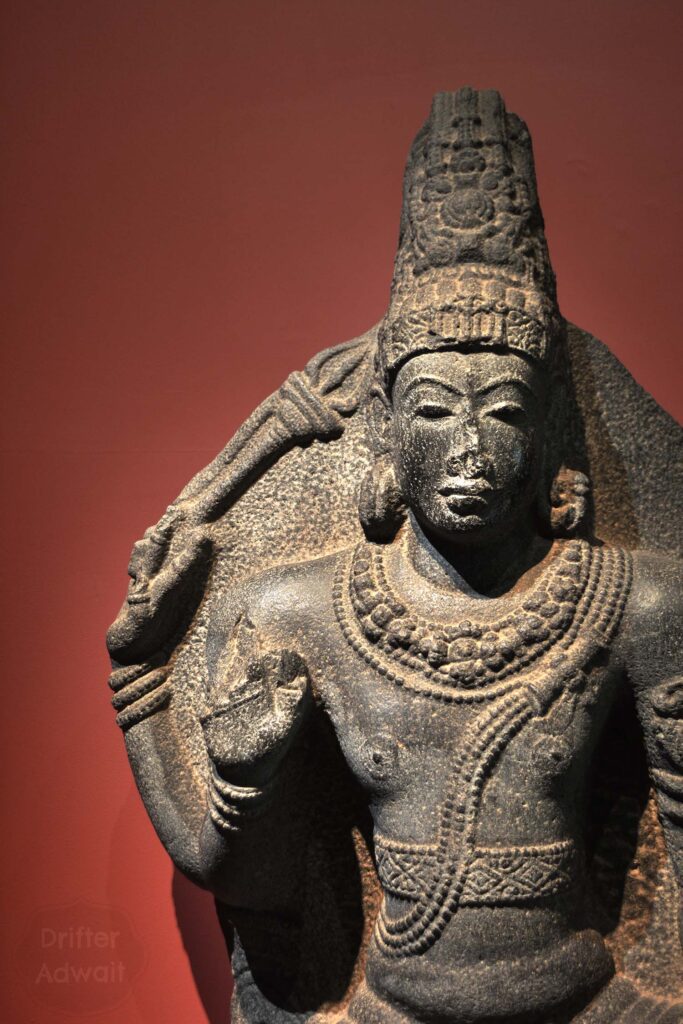
At the end of his long austerity, Lord Shiva appeared before Kubera and spoke:
ततोऽहमन्यद् विस्तीर्ण गत्वा तस्य गिरेस्तटम् ।
तूष्णीं वर्षशतान्यष्टौ समधारं महाव्रतम् ।।
प्रीतोऽस्मि तव धर्मज्ञ तपसानेन सुव्रत ।
मया चैतद् व्रतं चीर्ण त्वया चैव धनाधिप ।।
“O Lord of Wealth, I am pleased by your steadfastness and your deep understanding of dharma. This difficult Rudra-vrata — which even I once performed — has now been completed by you. There is none in the universe other than us who has achieved it.”
Then, blessing Kubera, Mahadeva declared:
देव्या दग्धं प्रभावेण यच्च सव्यं तवेक्षणम् ।
पैङ्गल्यं यदवाप्तं हि देव्या रूपनिरीक्षणात् ।।
एकाक्षपिङ्गलीत्येव नाम स्थास्यति शाश्वतम् ।
“Because your left eye was burned by the divine radiance of the Goddess, and your right turned golden, you shall forever be known as Ekākṣa Piṅgala. From this day forth, you are my eternal friend.”
Thus, Kubera — the lord of wealth — became known as the “One-Eyed Golden-Hued Friend of Shiva.”
The Meaning of Kubera and His Iconography
The very word Kubera has been explained as ‘कुसित बेरं शरीरं यस्य सः’ -“kusītaṃ beraṃ śarīraṃ yasya saḥ” — “one whose body is ungainly or misshapen.” Yet in sacred art, he is never depicted as grotesque. Instead, Kubera stands as a symbol of prosperity, guardianship, and divine friendship — his form rich with symbolism, holding the nidhi-pātra (vessel of treasures), his presence a reminder that dharma and wealth are not opposites but allies.
A Temple Far Beyond India: The Greater Indic World
Now comes the most astonishing part of this story.
The temple spire bearing this Sanskrit inscription was not found in India at all — but nearly 5,000 kilometers away, in Vietnam.
The site is called Mỹ Sơn (pronounced Mee Sun), located in central Vietnam. From the 4th century to the 13th century CE, this region was home to the Hindu kingdom of Champa, where hundreds of Śaiva and Vaiṣṇava temples flourished, dedicated to gods like Shiva, Vishnu, and Devi.
Inscriptions found there are written in pure Sanskrit, in the same metres and script styles as those seen in India — evidence of a shared civilizational continuum that scholars today recognize as part of “Greater India”, “Brihadttar Bharat” or “Akhand Bharat Varsha.”
Echoes of a Shared Civilization
The temple at Mỹ Sơn stands as a silent witness to the spread of Indian philosophy, language, art, and spirituality far beyond the subcontinent. Sanskrit — the mother of many Asian scripts — was not merely a language but a vehicle of sacred knowledge that connected lands across Southeast Asia, from Indonesia’s Borobudur to Cambodia’s Angkor Wat, and from Thailand’s Ayutthaya to Vietnam’s Mỹ Sơn.
These are not “foreign” temples, but shining reflections of a shared Indic heritage, a spiritual and cultural network that once unified Asia under the ideals of Dharma, Dāna, and Dhyāna.
Legacy of Kubera and the Eternal Light of Dharma
The story of Kubera — the One-Eyed Friend of Shiva — reminds us that wealth without dharma is hollow, and that true abundance lies in devotion, perseverance, and divine friendship.
From the icy peaks of Kailāsa to the tropical valleys of Vietnam, the spirit of India’s ancient wisdom continues to shine.
Mỹ Sơn, therefore, is not just a site of ruins — it is a living testimony to the glory of Bharatiya Sanskriti that once embraced the world.
Rediscovery of the Forgotten Temples of Mỹ Sơn
In the dense jungles of Quảng Nam province, long after the Champa kingdom had faded into legend, the whispers of forgotten temples waited patiently beneath centuries of overgrowth. It wasn’t until the late 19th century that these echoes of India’s sacred architecture called out again — this time to a French postal officer named Camille Paris.
While tracing telegraph lines through central Vietnam around 1889, Paris stumbled upon towering brick structures entwined in roots and silence. What he had found was no ordinary ruin — it was the spiritual heart of the ancient Champa civilization, temples once dedicated to Śiva, Vishnu, and Devi. Paris’s find drew the attention of French scholars, leading to extensive archaeological studies by the École Française d’Extrême-Orient (EFEO) in the early 1900s.
Among them, Henri Parmentier, a pioneering Indologist and archaeologist, meticulously documented the site. His team revealed over 70 temples, each carrying inscriptions in Sanskrit and Old Cham, describing royal patrons and sacred dedications to Hindu deities.
Within these stone leaves of history lay verses invoking Maheshvara (Śiva), Kubera, and Devi, echoing the same cosmic relationships found in Indian Puranic lore — living proof of India’s vast cultural ocean, touching the shores of Southeast Asia.
From the Jungles to the World
For decades, nature reclaimed these sanctuaries. Wars scarred them, time weathered them — yet their spirit endured. Restoration efforts led by Vietnamese and international experts, guided by EFEO’s early archives, helped resurrect the glory of Mỹ Sơn.
In 1999, UNESCO declared Mỹ Sơn Sanctuary a World Heritage Site, recognizing it as a masterpiece of ancient Hindu architecture — and a bridge between the Indic and the Austroasiatic worlds.
Today, as the wind moves through the moss-covered shrines of Mỹ Sơn, one can still sense the presence of those who built them — devotees of Śiva, the friend of Kubera, whose story remains etched in both Sanskrit and stone.
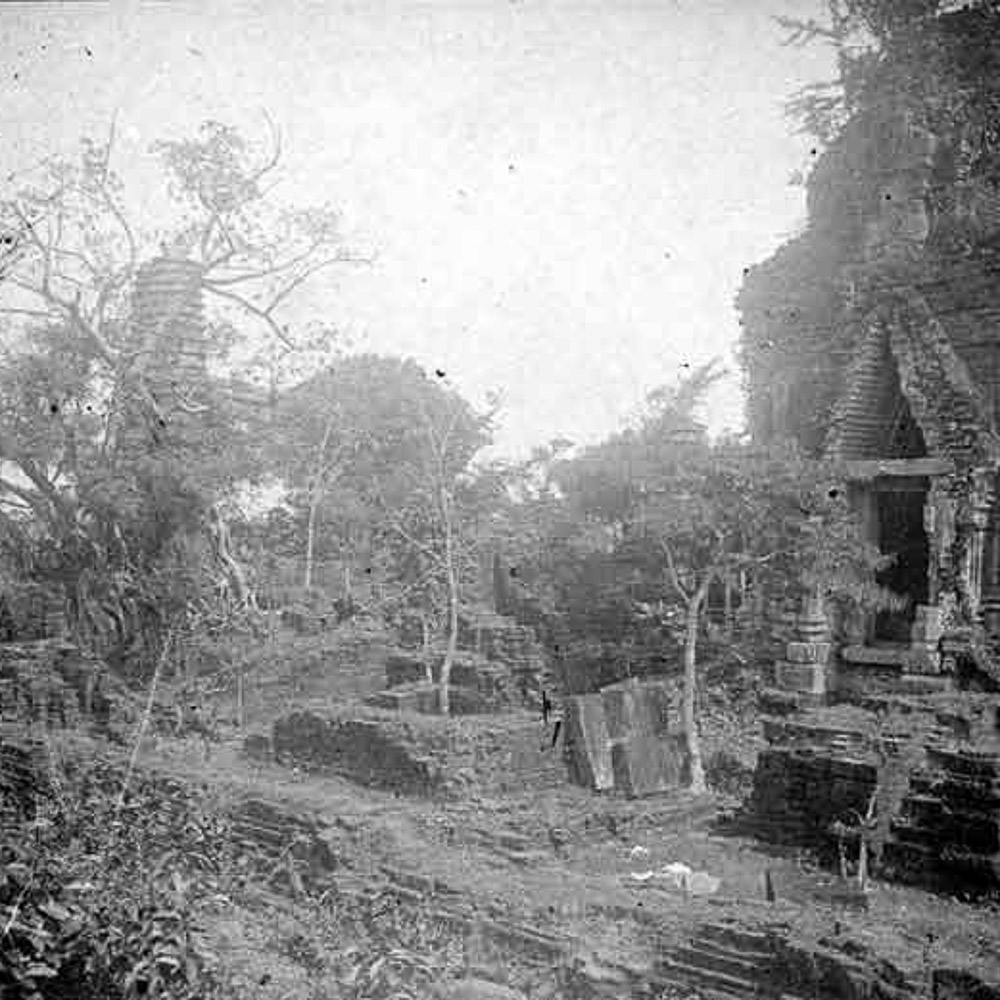
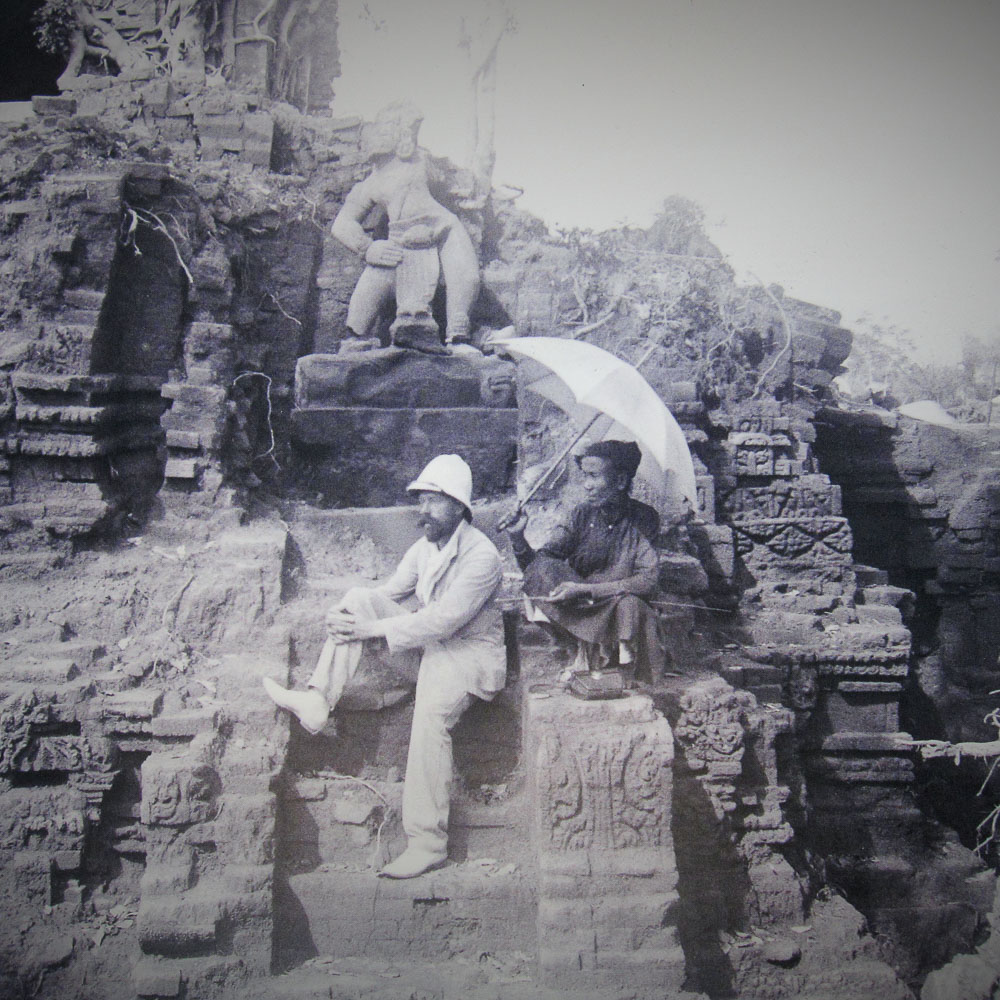
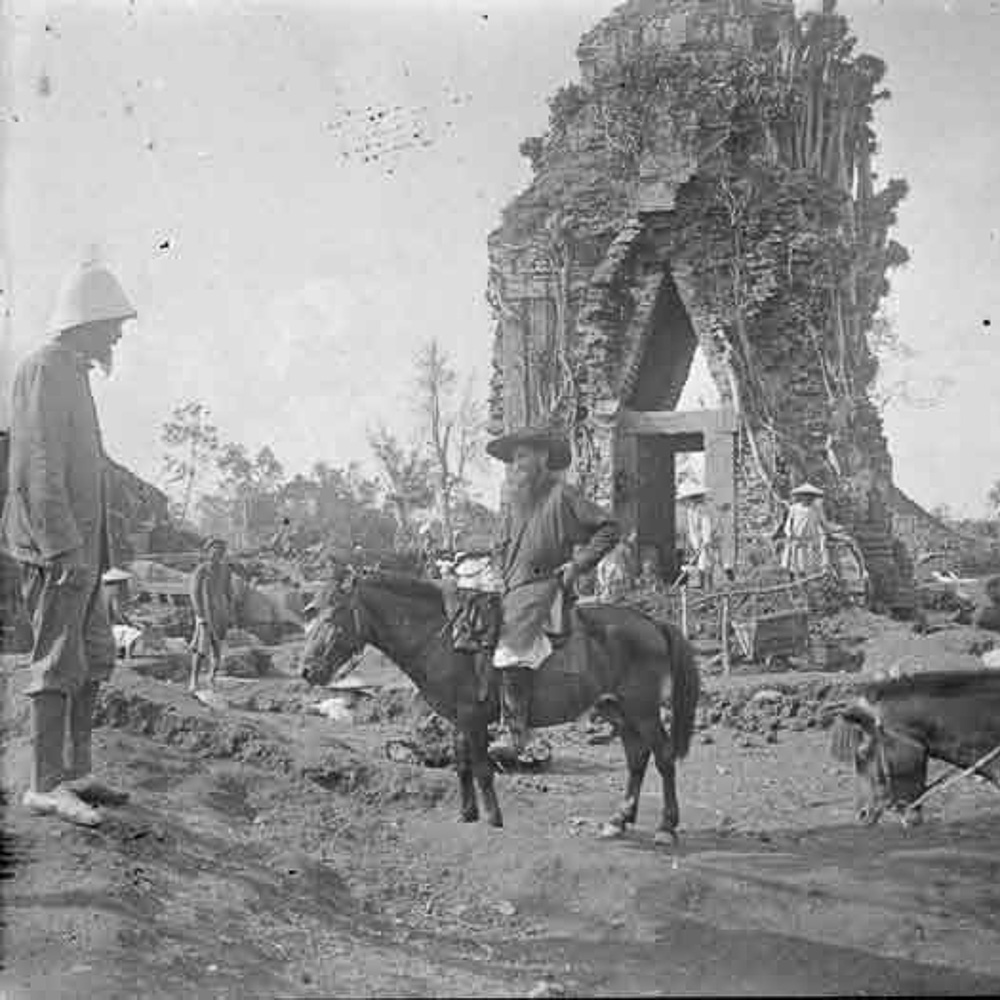
References:
1. https://isaw.nyu.edu/publications/inscriptions/campa/inscriptions/C0079.html
2. 79 Pedestal at Mỹ Sơn: Copyright (c) 2012 by Arlo Griffiths.
3. https://visitquangnam.com
